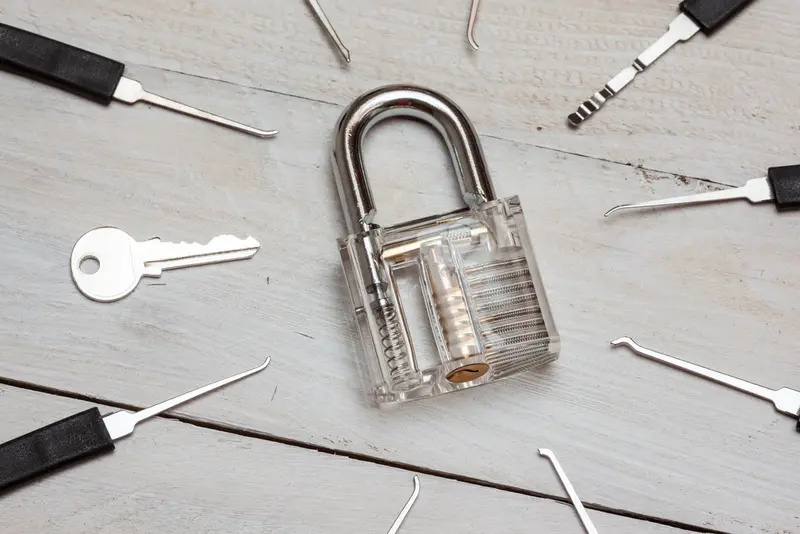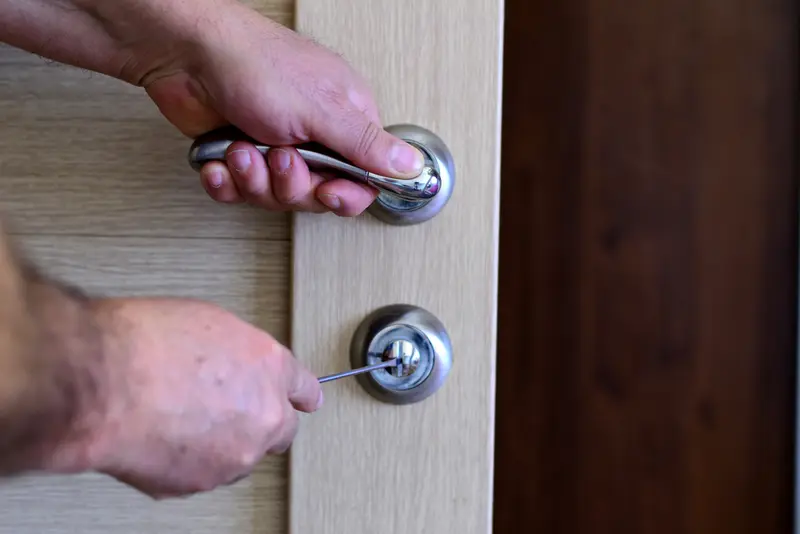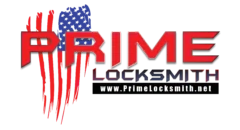Do Broken Key Extractor Tools Actually Work? A Locksmith’s Perspective

Introduction: The Plight of the Broken Key
There’s arguably few feelings as frustrating as inserting your key into a lock, only for it to snap off, leaving a portion stubbornly lodged inside. Your immediate thought might be: “How do I get this out?” The internet offers a plethora of solutions, often highlighting broken key extractor tools. But are these tools a reliable fix, or are you better off calling a professional locksmith? Let’s delve into the world of key extraction, examining the tools, their capabilities, and the potential pitfalls.
Understanding Broken Key Extractor Tools
So, what exactly are these key extraction tools, and how do they supposedly work? Essentially, they are small, specialized implements designed to grip the broken portion of the key and pull it out of the lock cylinder.
Components of a Key Extraction Kit
A typical key extraction kit often includes a variety of tools, such as:
- Hooks: These small, angled tools are designed to hook onto the jagged edges of the broken key.
- Picks: Similar to lock picks, these tools can be used to maneuver around the key and create space for the hooks.
- Tweezers: Fine-tipped tweezers are sometimes included for gripping and pulling out small fragments.
- Needle-Nose Pliers: For grasping and extracting the key once it’s sufficiently exposed.
The Extraction Process: How they Should Work
The theory behind using a locksmith key removal tool is relatively straightforward:
- Insertion: The extractor tool is carefully inserted into the keyway, alongside the broken key.
- Engagement: The tool, often a hook, attempts to catch onto a groove or edge of the broken key piece.
- Extraction: Once engaged, gentle pressure is applied to pull the broken key out of the cylinder.
The Reality Check: Skill and Finesse Required
While the process outlined above sounds simple, the reality is that using broken key extractors effectively requires a significant degree of skill and patience. It’s not as simple as just sticking a tool in and yanking.
The Finesse Factor
Successful key extraction hinges on a delicate touch. Here’s why skill matters:
- Identifying the Problem: Determining how the key broke and its position within the cylinder is crucial. Blindly poking around can worsen the situation.
- Avoiding Further Damage: Applying too much force, or using the wrong tool, can push the broken key further into the lock, damage the cylinder’s internal components, or even break off additional fragments.
- Maneuvering in Tight Spaces: Keyways are often narrow and complex. Successfully maneuvering the extractor tool to engage the broken key requires precision and dexterity.
Potential Pitfalls of DIY Key Extraction
Attempting to extract a broken key without the proper knowledge and finesse can lead to several undesirable outcomes:
- Deeper Lodging: Pushing the key further into the lock makes extraction even more difficult, potentially requiring complete lock replacement.
- Lock Damage: Damaging the internal mechanisms of the lock can render it unusable, necessitating costly repairs or replacement.
- More Broken Key Pieces: Applying excessive force can cause the key to break into even smaller, harder-to-remove fragments.
- Injury: Using sharp tools in a confined space can lead to cuts or other injuries.

The Cost-Benefit Analysis: DIY vs. Calling a Professional
Before investing in a key extraction kit, it’s wise to consider the cost versus the potential benefits, and compare it to the alternative of calling a professional locksmith.
The Cost of a Key Extraction Kit
Key extractor tool prices vary depending on the quality and completeness of the kit. You can find inexpensive kits online for relatively little, but professional-grade kits can cost significantly more. Remember that a higher price doesn’t always guarantee success, especially without the necessary skills.
The “Guaranteed” Result of a Professional Locksmith
When you call a professional locksmith, you’re paying for their expertise, experience, and specialized tools. An experienced locksmith can quickly assess the situation, determine the best method for extraction, and remove the broken key without causing further damage. In most cases, they can guarantee successful key extraction, or at least minimize potential damage.
Weighing the Options
Consider these factors when deciding whether to DIY or call a locksmith:
- Your Skill Level: Are you comfortable working with small tools and intricate mechanisms? Do you have experience with lock picking or similar tasks?
- The Value of Your Time: How much is your time worth? Spending hours struggling with a broken key may not be the most efficient use of your time.
- The Risk of Damage: Are you willing to risk damaging your lock and potentially incurring additional repair or replacement costs?
- Peace of Mind: Knowing that a professional is handling the situation can provide significant peace of mind.
When to Consider a DIY Attempt (and When to Call a Locksmith)
There are certain situations where attempting to use a broken key removal tool might be reasonable. However, there are also clear indicators that it’s time to call in the professionals.
Situations Where DIY Might Be Feasible
- The Key is Easily Accessible: If a significant portion of the key is protruding from the lock, and you can get a good grip on it with pliers or tweezers, a gentle pull might be successful.
- You Have Prior Experience: If you’ve successfully extracted broken keys before, and you have a good understanding of lock mechanisms, you might be comfortable attempting a DIY extraction.
- The Lock is Inexpensive or Easily Replaceable: If the lock is not high-security, and replacing it wouldn’t be a major expense, the risk of damage might be less of a concern.
Situations Where Calling a Locksmith is Essential
- The Key is Deeply Lodged: If the broken key is deeply embedded in the lock cylinder, DIY extraction is likely to cause more harm than good.
- You’ve Already Tried and Failed: If you’ve attempted to extract the key and haven’t had any success, continuing to try is unlikely to improve the situation.
- The Lock is High-Security: High-security locks are more complex and delicate than standard locks. Attempting DIY extraction can easily damage these locks, potentially compromising your security.
- You’re Unsure of What to Do: If you’re feeling uncertain or uncomfortable about attempting DIY extraction, it’s always best to err on the side of caution and call a professional.
Prime Locksmith: Your Key Extraction Experts
While key extractors exist, their successful use often demands a level of expertise. Don’t risk damaging your lock or causing further frustration. Trust the professionals at Primelocksmith to safely and efficiently remove your broken key.
Conclusion: Broken key extractor tools can be helpful in certain situations, but their effectiveness depends heavily on the user’s skill and the specific circumstances. Before attempting DIY extraction, carefully consider the potential risks and benefits. If you’re unsure of what to do, or if you’ve already tried and failed, it’s always best to call a professional locksmith like Prime Locksmith.
Disclaimer: This article is intended for informational purposes only. The information provided is not intended as a substitute for professional locksmith advice. Any decisions you make based on the information in this article are at your own risk.
Contact us today for reliable broken key extraction services!
FAQs: Tools for Broken Key Extraction: Do They Work and Are They Worth Buying?
-
What are broken key extractor tools?
Broken key extractor tools are specialized implements designed to grip the broken portion of a key lodged in a lock and pull it out. They typically include hooks, picks, tweezers, and needle-nose pliers.
-
How do key extraction tools work?
The extractor tool is inserted into the keyway, alongside the broken key. The tool attempts to catch onto a groove or edge of the broken key piece. Once engaged, gentle pressure is applied to pull the broken key out of the cylinder.
-
Are broken key extractor tools easy to use?
Using these tools effectively requires skill, patience, and a delicate touch. It's not as simple as just sticking a tool in and yanking. Identifying the problem and avoiding further damage are crucial.
-
What are the potential pitfalls of DIY key extraction?
Attempting DIY extraction can lead to pushing the key further into the lock, damaging the lock's internal mechanisms, breaking the key into smaller pieces, or even causing injury.
-
How much does a key extraction kit cost?
Key extractor tool prices vary. Inexpensive kits can be found online, but professional-grade kits can cost significantly more. Higher price doesn't guarantee success without the necessary skills.
-
Is it better to call a locksmith or try to extract the key myself?
Consider your skill level, the value of your time, the risk of damage, and the peace of mind a professional provides. Locksmiths bring expertise, experience, and specialized tools to the task.
-
When might DIY key extraction be feasible?
If the key is easily accessible, you have prior experience, and the lock is inexpensive or easily replaceable, DIY might be an option.
-
When should I definitely call a locksmith?
Call a locksmith if the key is deeply lodged, you've already tried and failed, the lock is high-security, or you're unsure of what to do.
-
Can a locksmith guarantee successful key extraction?
In many cases, an experienced locksmith can guarantee successful key extraction, or at least minimize potential damage to the lock.
-
What should I do if I'm not sure whether to try DIY or call a locksmith?
If you're feeling uncertain or uncomfortable about attempting DIY extraction, it's always best to err on the side of caution and call a professional locksmith.





